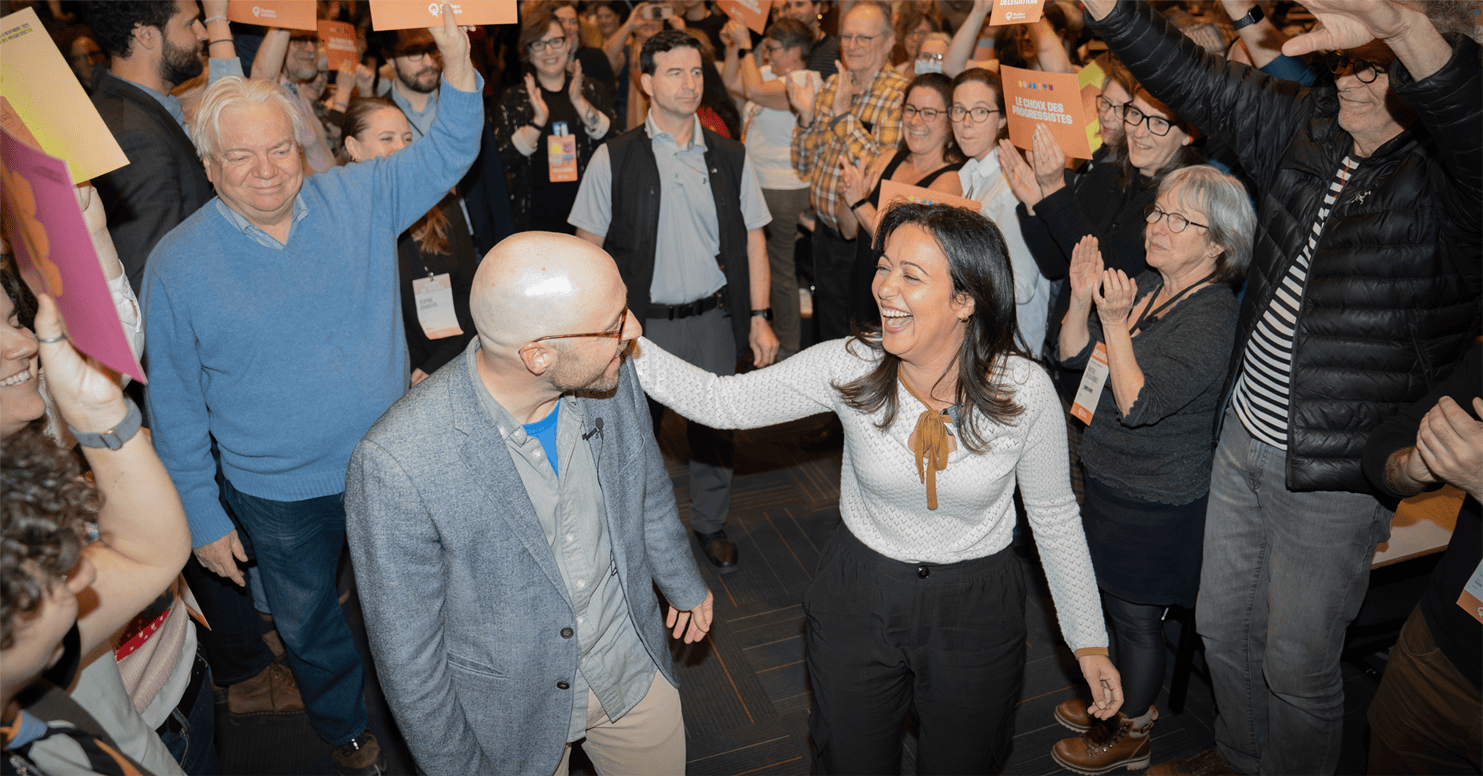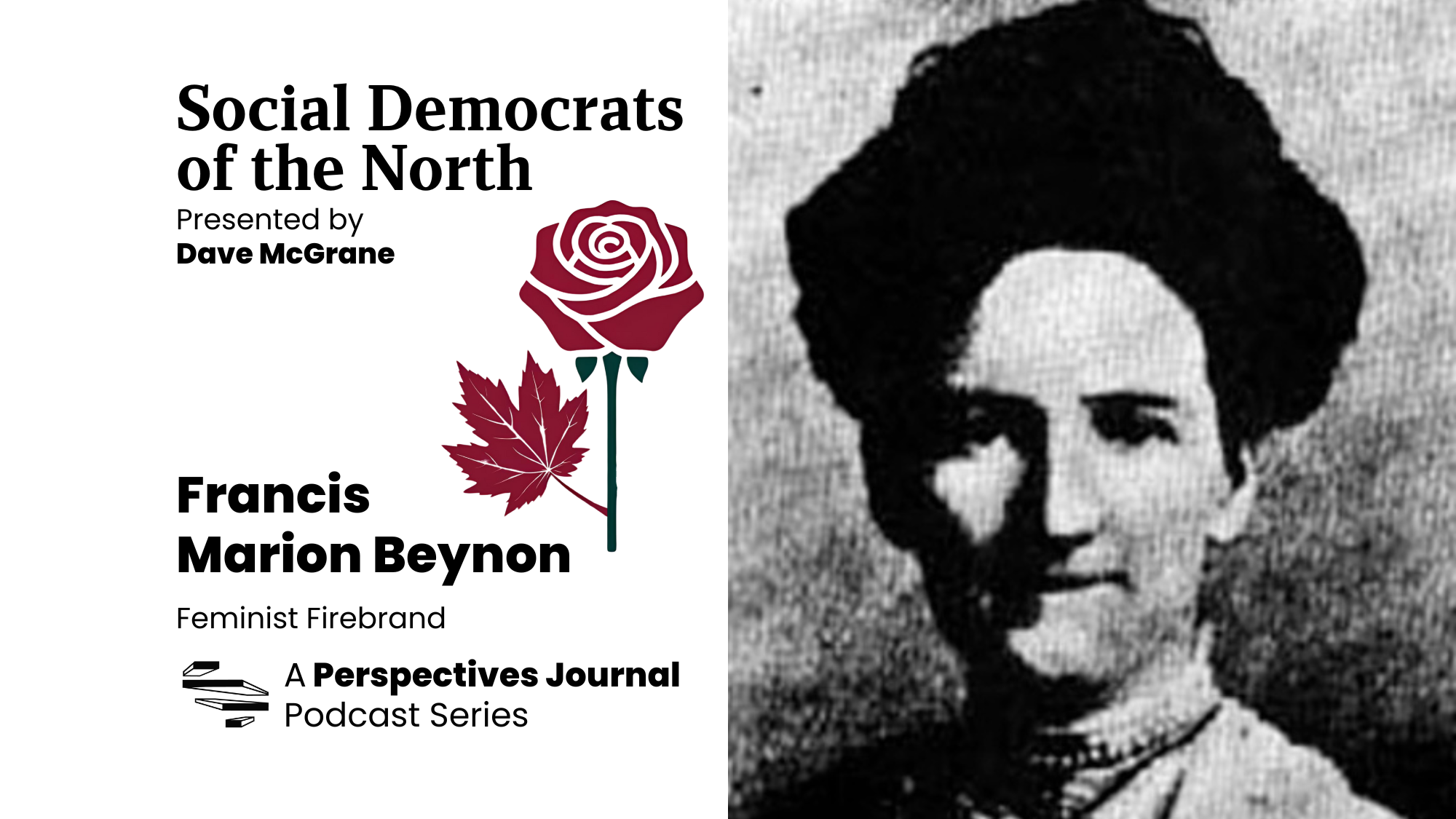While social democratic theory has long been deeply egalitarian in its aims, with the exception of socialist feminist thinking, the egalitarianism of social democratic theory and practice has been focused largely on strictly class-based models of production and distribution, distributive justice and economic democracy, without adequately accounting for either racial or gendered (or other) axes of inequality and oppression.
This narrow focus is a frustration that has faced both of us in our own research and practice as scholars and academic activists, and one that requires ongoing redressing.
In this short piece, we delve deeper into the history of socialist and social democratic thought to explicate the roots of social democracy’s race problem. We first look back at Marx and Engels’s class analysis. Then we turn to the subsequent line of more expressly democratic socialist or social democratic thought represented in Eduard Bernstein’s revisionism at the turn of the twentieth century and the US political philosopher John Rawls’s influential redistributionist theory of justice in the late twentieth century.
Marx and Engels established a pattern of class-based thinking about economic democracy and equality that social democrats have generally assimilated. In The Communist Manifesto (1848), Marx and Engels declared that the distinguishing feature of the capitalist era was that “it has simplified class antagonisms. Society as a whole is more and more splitting up into two great hostile camps, into two great classes directly facing each other — Bourgeoisie and Proletariat.” Marx later paid some attention to racism and colonialism and developed a more nuanced account of class divisions in capitalist societies. Nonetheless, the gist of his theory focused on a racially undifferentiated working class – the proletariat, who sell their labour to employers as “free” wage labourers.
This was a serious shortcoming in the theory insofar as European capitalism was substantially fuelled by European racial colonialism in the Americas, Asia, and Africa and the racist enslavement of Africans, who were inferiorized as “negroes” or “blacks.” In the modern world shaped by capitalism and racialized colonialism, there was no simple division, such as Marx and Engels envisioned, into two opposed but internally homogeneous classes, capitalists and the proletariat. Instead, the working classes were themselves racially fragmented between mostly white “free” wage labourers and mostly non-white coerced (and sometimes enslaved) labourers.
Consequently, the class position of the quintessential “free” wage labourers in Marx’s theory – whatever hardships they faced as workers has typically involved an advantaged racialized status as white people. And it was this class in “radical chains” – the presumably white proletariat – whose self-emancipation Marx thought would usher in the emancipation of “all other spheres” of society (Marx, 1843). This blindspot in Marx’s thought had practical implications. It buttressed the flawed belief that racial and gender domination readily would be overcome in a socialist revolution.
Building on the work of Black radical thinkers like W.E.B. Du Bois, C. L. R. James, and Aimé Césaire, the great anti-colonial theorist and activist Frantz Fanon offered a crucial corrective in The Wretched of the Earth (1961). Fanon explained that when we confront how European colonialism divided the world chiefly along racialized lines, it becomes clear that Marxist analysis must “be slightly stretched when it comes to addressing” racism and colonialism. Fanon’s insight has not been adequately integrated into subsequent social democratic thought.
The German theorist Eduard Bernstein, one of the pioneers of democratic socialism, continued this radical blindspot of socialist thought in Evolutionary Socialism (1899). Socialism, he maintained, must be committed to democracy as a means and as an end: it must eschew revolution for democratic political means to bring about change and it would be the “legitimate heir” to liberalism by deepening and extending liberal ideals of freedom and equality. The movement would extend democratic self-government among associated citizens and workers beyond the formal political sphere and into industry, but again Bernstein’s democratic socialist focus remained on democratizing and equalizing the lives of a presumed racially undifferentiated (that is, white European) working class. Following this line of thought, subsequent socialist and social democratic movements too often aligned themselves with racist eugenic policies, labour market discrimination, and racially exclusionary unions and immigrations policies.
Social democratic visions of a “democratized” economy have too often paid scant attention to the enduring role and impact of European racism, imperialism, nationalism, and colonialism in modern capitalism and in social democratic reforms.
The influential US liberal political philosopher John Rawls rearticulated this basic tendency in a more modest liberal-social democratic vein. One central redistributive feature of Rawls’s theory of justice is his idea (the “difference principle”) that inequalities should only be permitted insofar as they would be beneficial to the “least advantaged” members of society. Rawls tended to think of this notion in relatively straightforward class-based terms – e.g., the poor. But a critical race perspective reveals that a singular notion of “least advantaged” – whatever its usefulness – becomes convoluted as soon as we recognize that social advantages and disadvantages cannot be adequately understood strictly in terms of a class-based distribution (or maldistribution) of basic goods, such as wealth, income, good jobs, educational opportunities, and health care.
For instance, how should (or could) we identify the “least advantaged” once we appreciate how racism and sexism have produced situations in which people of colour in general and women of colour in particular are overrepresented among the poor? More fatally perhaps, what happens to the notion of the “least advantaged” once we recognize intersecting social hierarchies (i.e., of class, race, gender, able-bodiedness/ disability, etc.)?
This reality means that some members of society (e.g., working class white men) may be relatively disadvantaged in class terms (if not necessarily the “least advantaged”), but relatively advantaged in terms of social status. Some (even if disproportionately few) members of generally disadvantaged groups (e.g., women in general, First Nations and Black Canadian men and women, disabled persons) may be relatively advantaged in terms of wealth, income or offices but relatively disadvantaged in social status as targets of racism or sexism or ableism (or some combination thereof).
In short, social democrats have had a race problem insofar as they have generally followed Marx’s lead to assume that a strictly class-based analysis would adequately address the various forms of alienation, exploitation, and domination in the modern world. Social democratic visions of a “democratized” economy have too often paid scant attention to the enduring role and impact of European racism, imperialism, nationalism, and colonialism in modern capitalism and in social democratic reforms.
Capitalist societies have not been characterized by an ever more simplified division between capitalists and “free” wage labourers – employers of labour and those who voluntarily sell their labour for a wage. Instead, capitalist societies have been shaped simultaneously by varieties of “free” and unfree labour and by racially segmented labour markets, citizenship, and immigration policies. Racism has played an absolutely pivotal role in shaping who are “free” and unfree labourers, which (racialized) groups of workers have had disproportionate access to unions, good education, decent jobs, and citizenship rights and which (racialized) groups of workers have been disproportionately subject to secondary labour markets, guest worker policies, marginalization, criminalization, and hyper-exploitation.
Racism has continually warped the democratic aspect of social democratic aims in various ways.
Moreover, racism has continually warped the democratic aspect of social democratic aims in various ways. For instance, in Canada, the United States, and elsewhere, racialized minorities have been subject to racist forms of “democratic” majority tyranny – with a majority of white citizens using their democratic rights for exclusionary ends, in defense of their accumulated racial advantages. Meanwhile, racialized divisions have worked persistently to obscure and perpetuate class inequalities. For instance, cross-class alliances between rich and poor white people and/or settlers have established a privileged racial status and claims to citizenship for all whites or settlers without substantially addressing the class-based inequalities experienced by poor and working-class people, whites and people of colour alike.
These considerations suggest that social democracy requires and demands a serious re-envisioning of its inherited views of equality and egalitarianism. Our suggestion, is that an effective democratic left must avoid the false choice between either class-based or identity-based egalitarianism and develop a more multifaceted view of equality and egalitarianism – one that truly takes into consideration an intersectional approach.





